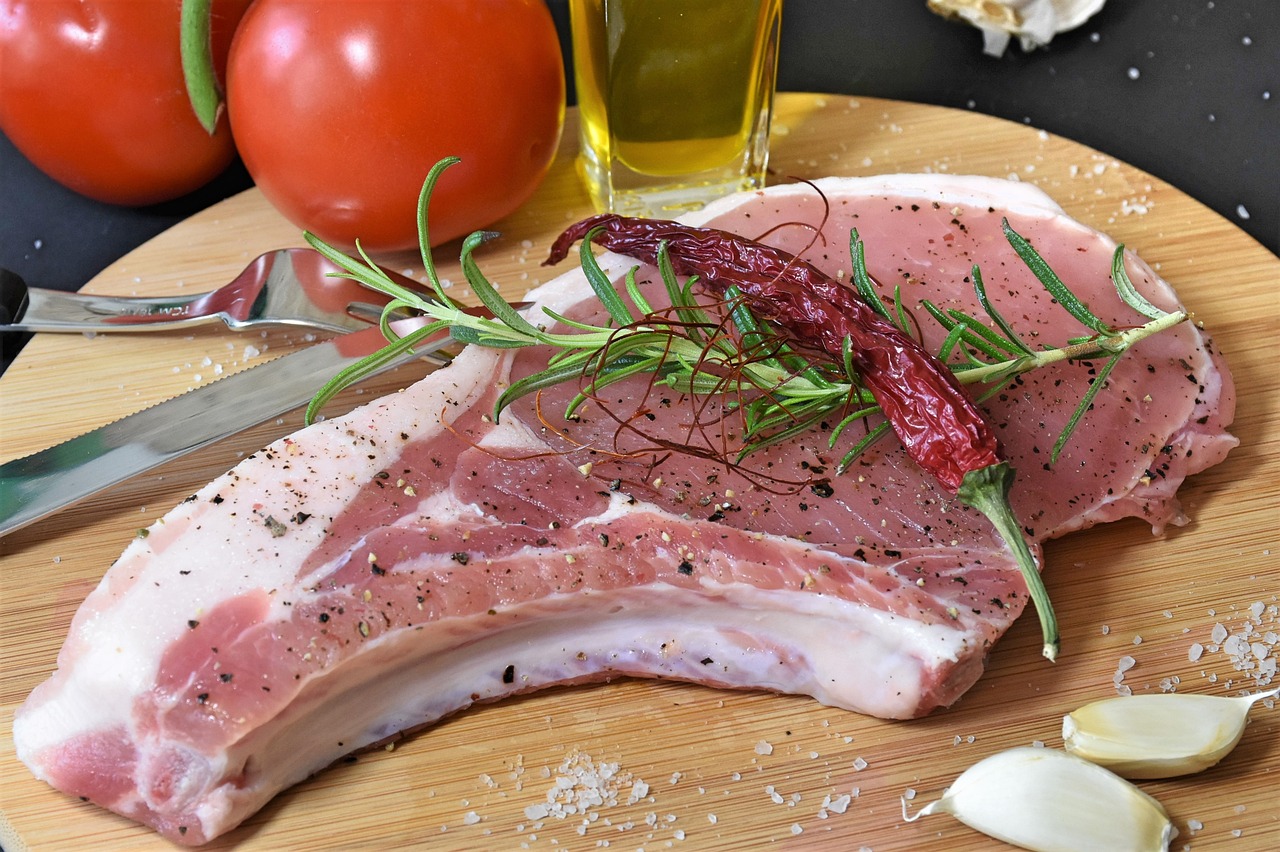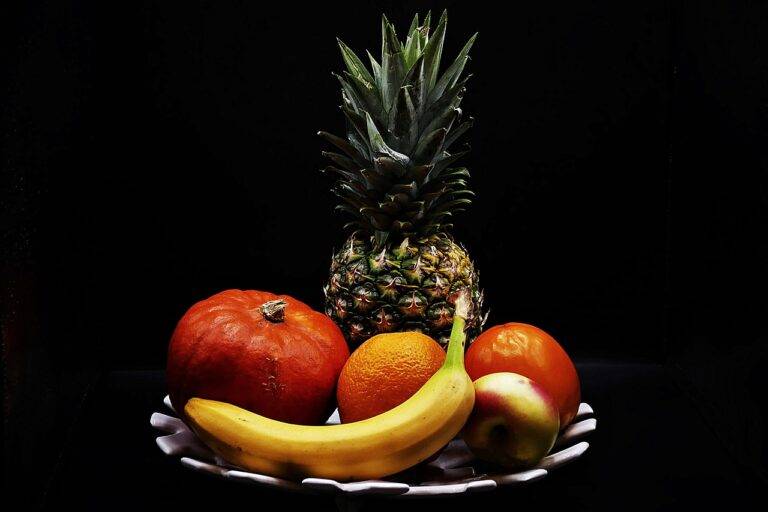The Role of Food in Literature and Art
Food has long served as a powerful symbol in art and literature, reflecting cultural practices, social norms, and historical contexts. In many ancient civilizations, food was depicted in artworks as a symbol of abundance, fertility, and prosperity. For example, the paintings found in Egyptian tombs often depicted elaborate feasts and offerings to the gods, showcasing the importance of food as a religious and social symbol.
Similarly, in literature, food has been used to convey deeper meanings and emotions. In works such as Shakespeare’s plays, food is often employed to symbolize wealth, power, or desire. In Charles Dickens’ novels, descriptions of food are used to evoke themes of poverty, inequality, and social injustice. Through the use of food as a symbolic tool, artists and writers have been able to convey complex ideas and emotions to their audiences across time and cultures.
Depictions of Food as Symbolism in Literary Works
In various literary works, food often serves as a powerful symbol that conveys deeper meanings beyond its literal presence. The act of preparing, sharing, or consuming food can represent themes of community, cultural identity, or even temptation and desire. For instance, in “Like Water for Chocolate” by Laura Esquivel, the protagonist’s emotions and feelings are infused into the dishes she creates, affecting those who consume them in profound ways. This use of food as a symbol not only enhances the narrative but also adds layers of complexity to the characters and their relationships.
Furthermore, food can also be used as a symbol of wealth, status, or decadence in literature. In F. Scott Fitzgerald’s “The Great Gatsby,” the extravagant parties and lavish meals serve as a stark contrast to the emptiness and moral decay that lies beneath the surface. The excessive consumption of food and drink in the novel reflects the characters’ insatiable desires and the superficiality of the society they inhabit. This portrayal of food as a symbol of excess and materialism highlights the author’s critique of the American Dream and the disillusionment of the Jazz Age.
What is the historical significance of food in art and literature?
Food has been used as a symbol in art and literature for centuries, representing not only sustenance but also cultural identity, social status, and emotions.
How do literary works use food as symbolism?
Literary works often use food to convey deeper meanings or themes, such as desire, abundance, scarcity, and indulgence. Food can also serve as a metaphor for character traits or relationships.
Can you provide examples of famous literary works that use food as symbolism?
Sure! In “Like Water for Chocolate” by Laura Esquivel, food is used to symbolize passion and emotion. In “The Great Gatsby” by F. Scott Fitzgerald, food represents excess and the superficiality of the characters’ lifestyles.
How can readers interpret the symbolism of food in literary works?
Readers can interpret the symbolism of food by paying attention to the context in which it is used, the descriptions of the food, and the reactions of the characters to the food. It’s important to consider how food is being used to convey a deeper meaning or theme in the work.





